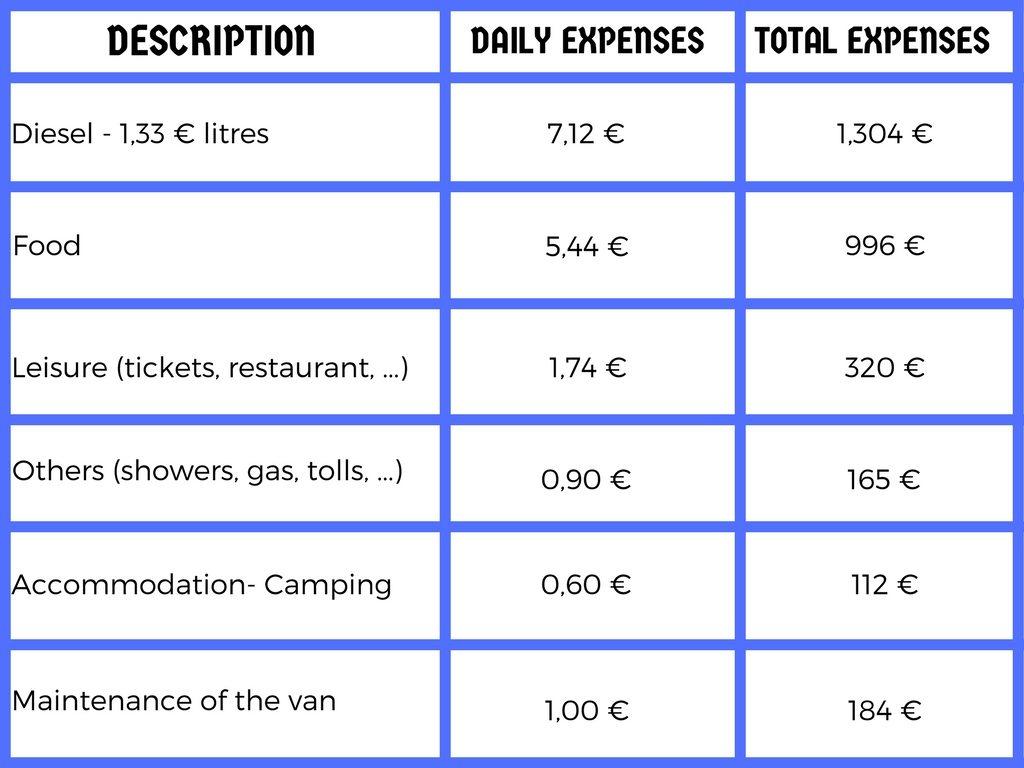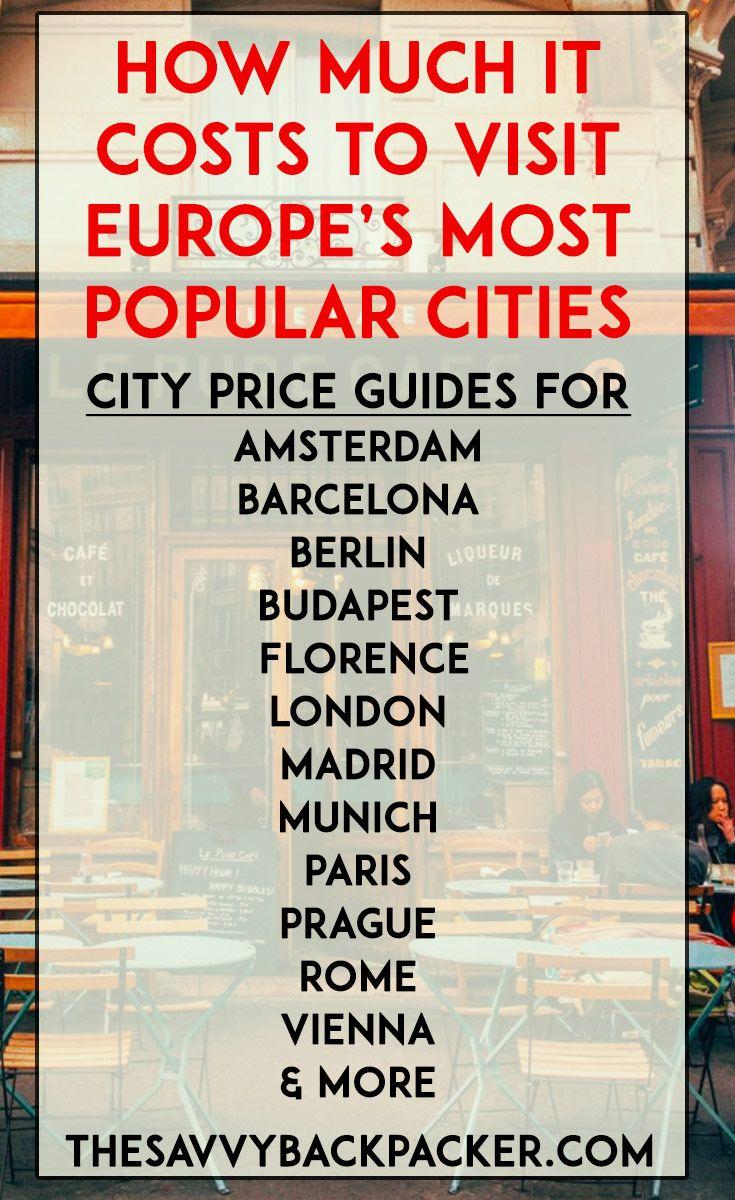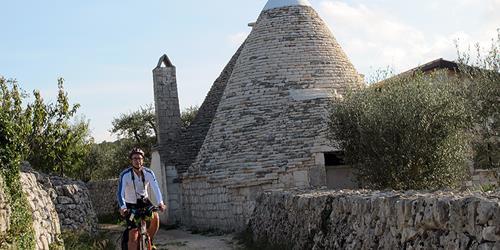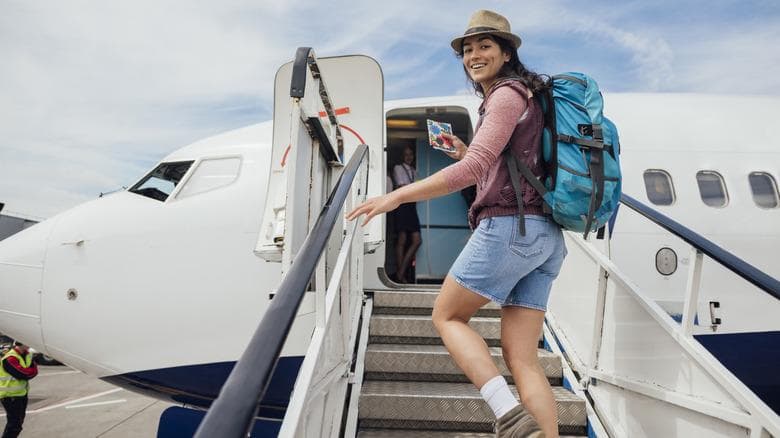
Planning Your Daily Expenses Across Different European Cities
When budgeting your daily expenses across Europe, it’s essential to recognize that costs fluctuate dramatically from city to city. For example, a cappuccino in Rome or Paris might set you back nearly twice as much as one in Budapest or Lisbon. Likewise, accommodation prices can range from luxury hotels in London to cozy hostels in Prague, affecting how far your daily budget stretches. To stay realistic, aim to allocate your spending according to a city's average local prices, factoring in essentials like public transit, food, and sightseeing fees.
Consider breaking down your daily expenses into clear categories to maintain control over your budget. Here's a quick overview structure you can tailor for your trip:
- Food & Drink: Street food, cafés, or casual dining options vary widely; balancing these helps keep hunger—and costs—satisfied.
- Transport: From metro rides in Madrid to bike rentals in Amsterdam, public and private travel influence daily spending.
- Attractions & Entertainment: Museums, tours, and events tend to have fixed prices, occasionally offering city pass discounts.
- Miscellaneous: Think souvenirs, toiletries, and tiny indulgences that add flavor to your trip but also to your expense sheet.
| City | Average Daily Food (€) | Transport (€) | Attractions (€) | Total (€) |
|---|---|---|---|---|
| Paris | 25 | 7 | 15 | 47 |
| Berlin | 18 | 8 | 12 | 38 |
| Budapest | 12 | 5 | 10 | 27 |
| Amsterdam | 20 | 9 | 14 | 43 |

Hidden Costs to Anticipate and How to Manage Them
When planning your European adventure, many travelers focus primarily on flights, accommodation, and dining, overlooking the less obvious expenses that quietly add up. These can include city tourist taxes, baggage fees, and foreign transaction charges on your credit cards. Small but frequent expenses such as public restroom fees, charging your devices on the go, or even tipping where customary can catch you off guard. Don’t forget to budget for local SIM cards or roaming plans to stay connected, as Wi-Fi hotspots can be patchy—and pricey—in some areas.
To keep these hidden costs in check, consider these effective strategies:
- Prepay tourist taxes and city passes online where possible, often at a discount.
- Use no-foreign-transaction-fee credit cards or withdraw cash in bulk to limit ATM charges.
- Pack light to avoid checked baggage fees and opt for budget airlines that include carry-on in base fares.
- Download offline maps and travel guides to reduce reliance on mobile data.
- Plan for incidental expenses by setting aside a small daily buffer in your budget.
| Hidden Cost | Average Cost | Management Tip |
|---|---|---|
| Tourist Tax | €1 - €3 per night | Book accommodation including tax upfront |
| Baggage Fees | €20 - €50 per bag | Travel with carry-on only |
| Data Roaming | €5 - €10 per day | Purchase a local SIM card or offline apps |
| Currency Exchange | 1% - 3% fee | Use no-fee credit/debit cards |

Choosing Accommodation Options That Balance Comfort and Budget
When planning your stay in Europe, striking the perfect balance between comfort and affordability is key. While luxury hotels offer unparalleled amenities, they can quickly drain your budget. Instead, consider a mix of options such as boutique guesthouses, hostels with private rooms, or Airbnb apartments that provide a cozy, local experience without overspending. Don't overlook the benefits of staying slightly outside major city centers—these areas often boast cheaper rates without sacrificing convenience, thanks to reliable public transit systems. Prioritize essentials like clean bedding, Wi-Fi, and secure locations, and you'll ensure restful nights without breaking the bank.
To help with your decision-making, here’s a quick comparison of typical accommodation types and their average nightly costs in popular European cities:
| Accommodation Type | Average Price Per Night (€) | Comfort Level | Best For |
|---|---|---|---|
| Hostels (Private Rooms) | 30-60 | Basic | Solo travelers/budget-conscious |
| Airbnb Apartments | 50-100 | Moderate | Couples/small groups |
| Boutique Hotels | 80-150 | Comfortable | Leisure travelers |
| Traditional Hotels | 120-200+ | High | Luxury seekers/business |
- Tip: Booking well in advance can secure better rates and amenities.
- Consider: Accommodation with kitchen facilities to cut down on dining expenses.
- Explore: Longer stays may offer discounts or weekly rates.

Smart Tips for Saving on Transportation and Food Without Compromise
Traveling through Europe doesn’t have to drain your wallet, especially when it comes to transportation and dining. Consider embracing local transport options like buses, trams, and regional trains, which are not only budget-friendly but offer an authentic glimpse into daily European life. Invest in rail passes if you plan on hopping between countries, or look for city transport cards that provide unlimited rides and discounts on attractions. For shorter distances, walking or renting a bike not only saves money but enriches your travel experience with spontaneous discoveries.
When it comes to food, skip the tourist traps and dig into the vibrant street food scenes or local markets where you can sample traditional flavors without overspending. Shopping at grocery stores and assembling picnic lunches can turn meals into memorable adventures. Remember, seeking out family-run cafés or bakeries often means fresher, cheaper, and more authentic meals. Use the table below as a quick guide to get the most from your daily transportation and food budget:
| Expense | Budget Tip | Estimated Savings |
|---|---|---|
| City Transport Pass | Buy multi-day passes online | Up to 40% |
| Local Markets | Meals from fresh produce stalls | Up to 50% |
| Regional Trains | Use advance booking deals | Up to 35% |
| Street Food | Lunch instead of dinner | Up to 30% |







Responses (0 )